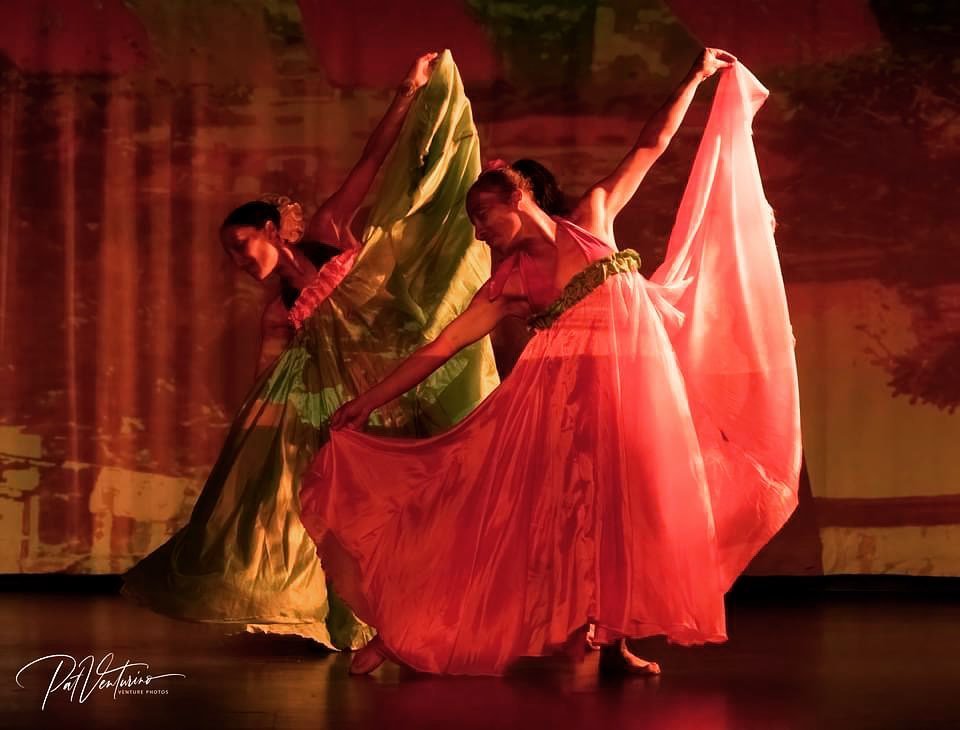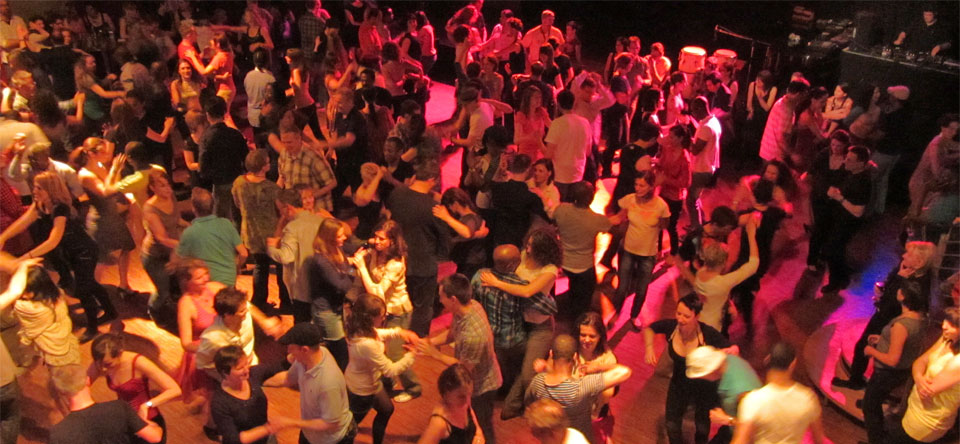The Greatest Guide To Dance San Francisco
Table of ContentsThe 2-Minute Rule for Dance San FranciscoThe Main Principles Of Dance San Francisco 9 Easy Facts About Dance San Francisco Described6 Simple Techniques For Dance San FranciscoThe Buzz on Dance San FranciscoTop Guidelines Of Dance San Francisco5 Easy Facts About Dance San Francisco Explained
The significant difference that identifies the Miami-style from other North American styles is the "Atras" or "Diagonal", back damaging steps executed backwards diagonally rather than moving forwards and in reverse as seen in the New York design. Dancers do not change their body weight considerably as seen in various other styles. bay area salsa dancing. Rather, professional dancers keep their upper body still, poised and relaxed, concentrating on foot movementA major distinction in between Cali Design and Miami-style is the latter is specifically danced on the downbeat (On1) and has aspects of shines and show-style added to it, complying with arsenals of North American designs. Miami-style has many adherents, particularly Cuban-Americans and various other Latinos based in South Florida.
A number of the relocations include swiftly exchanging partners. "Rueda de Cuba" is original kind of Rueda, originating from Cuba. It is not as formal as Rueda de Miami and includes concerning 30 calls. [] It was codified in the 1970s. [] "Rueda de Miami" come from in the 1980s from Miami, is an official design with several rules based upon a mix, and is a hybridization of Rueda de Cuba & North American dance designs, with some regimens showing American society (e.
Dance San Francisco - Questions
Coca-Cola, Dedo, Adios) which is not found in the conventional Cuban-style Rueda - bay area salsa dancing. Cali-Style Salsa, also referred to as Colombian Salsa and Salsa Calea, is based around the Colombian City of Cali. Cali is also known as the "Resources de la Salsa" (Salsa's Resources); because of salsa music being the main genre in events, clubs and events in the 21st century.
The aspects of Cali-Style Salsa were strongly influenced by dances to Caribbean rhythms which preceded salsa, such as Pachanga and Boogaloo. Cali has the highest variety of salsa institutions and salsa groups worldwide. A lot of the competitions are held in Colombia. The central feature is the maneuvering which has quick fast steps and missing motions called "repique".
The Basic Principles Of Dance San Francisco
They include different acrobats such as partnered turns to entertain with these jaw dropping stunts. Their maneuvering is intricate and accurate, assisting numerous Colombian Design professional dancers win major world championships. Cali hosts lots of yearly salsa events such as the World Salsa Cali Festival and the Encuentro de Melomanos y Coleccionistas.
Researchers in the natural sciences studied the mathematics of salsa dancing moves. In the social sciences, scientists have actually researched salsa dance to comprehend, for example how the Latino identity is connected to salsa dance.
and, scientists have actually likewise utilized salsa dancing to study the ephemerality of social teams. Salsa songs the music to which salsa is danced Mambo a dance design which greatly affected salsa dancing Palladium Ballroom a New York City venue that aided promote Latin music and dance throughout the 1940s and 1950s Rhumba a ballroom dance that greatly affected salsa World Salsa Championships a list of global competitors for salsa dancing Cuban salsa a popular kind of salsa dancing from Cuba Boggs, Vernon (1992 ).
Dance San Francisco Fundamentals Explained
ISBN 0-313-28468-7. OCLC 24908952. Hutchinson, Sydney (2004 ). " Mambo on 2: The birth of a new type of dancing in New York City" (PDF). Centro Journal. 16: 108137. ISSN 1538-6279. " What Is Salsa (Dancing)?". 2023-03-13. Recovered 2023-05-26. Youthful, Takeshi (26 June 2023). " Latin Dancing". Salsa Vida. Obtained 5 October 2023. " Inventing salsa".
Salsa Vida. 26 June 2023. Retrieved 5 October 2023.
2019.1697579. ISSN1478-8810. Carwile, Christey (September 2017). "" The Clave Comes Home": Salsa Dance and Pan-African Identification in Ghana". African Researches Review. 60 (2 ): 183207 - https://www.pubpub.org/user/evan-margolin-2. doi:10. 1017/asr. 2017.6. ISSN0002-0206. " Salsa vs Bachata: What's the Difference?". Salsa Vida. 2021-08-08. Retrieved 2021-09-08. " Dancing Styles". Salseros Mc, Gill. Obtained 2023-03-14 (bay area salsa dancing). " Salsa & Latin Dance Congresses"
Dance San Francisco Things To Know Before You Get This

Fetched 2019-06-26. Waxer, Lise Aerinne (2002 ). The city of music memory: salsa, document grooves, and pop culture in Cali, Colombia. Music/culture. Middletown, Conn: Wesleyan University Press. ISBN 978-0-8195-6441-2. " Colombian Design Salsa". Salsa Vida SF. Fetched 27 July 2020. von Renesse, Christine; Ecke, Volker (2011-03-01). " Maths and Salsa dance". Journal of Maths and the Arts.

All about Dance San Francisco
:10. 1002/cb. Journal of Business Research Study.

Something failed. Wait a moment and attempt once more Attempt again.
Facts About Dance San Francisco Uncovered
We're discussing the dancing, Go Here not the scrumptious South American dressing. The beginnings of the word "Salsa" as the name of a dancing has actually given discussion for years. One of the most prominent (and potentially accepted) theory is that Cuban and Puerto Rican musicians in New York coined the expression in New york city in the 1970's, to explain the spicy fusion of songs they were developing out of the rhythms and themes of Cuban child montuno, guaracha, chachacha, mambo and bolero.